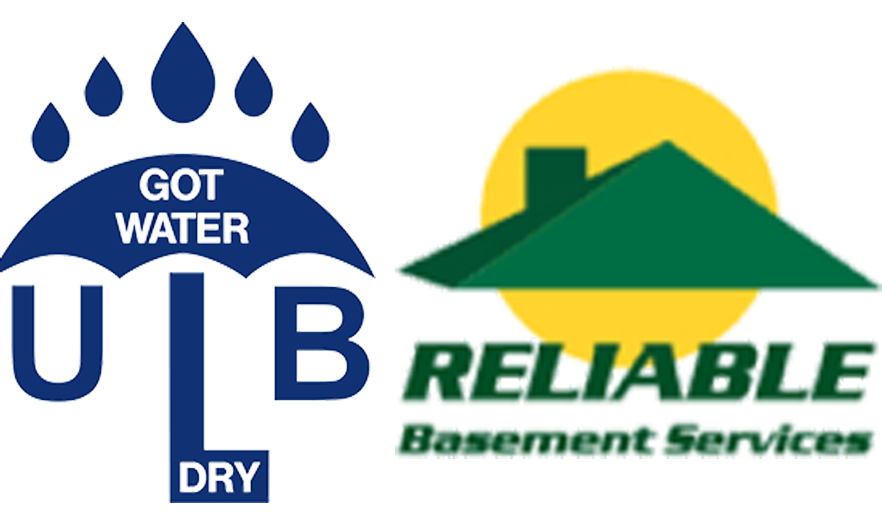
What Is It?
In science, engineers study hydrostatic pressure as the naturally occurring pressure that standing water creates in relation to an object or barrier. Basically, it is the taller the body of wet material; the greater the force especially at the bottom. Hydrostatic pressure is what destroys dams, buckles retaining walls, and collapses foundation walls. It is the force behind landslides, moving earth and rocks, and anything else in its path. Our homes and our basements are really no match for hydrostatic pressure. While hydrostatic pressure can cause serious structural damage it can also be the culprit behind basement leaks. The water buildup in the soil outside of a foundation actually reacts with the concrete. Capillary action naturally pulls the water in through any voids, gaps, or cracks in the concrete wall. It can even pull water through the concrete slab or through solid concrete walls. This is known as seepage or weeping. If water weeps through a solid concrete wall then the best way is to relieve the pressure.
What Should I Do About It?
The way to stop hydrostatic pressure build-up is through a water diversion and drainage system. A French Drain installed on the exterior side of the foundation wall will relieve this hydrostatic pressure and allow a place for the water to go. By trenching behind the problem area, you can allow water to find its way to a place that will do no harm. Channel the water to flow downhill away from the foundation. When you relieve the hydrostatic pressure build up the job of keeping the basement dry is actually a much simpler job. If those drainage systems are in place then your basement waterproofing system won’t have to work so hard. Interior basement waterproofing systems including drain tiles and sump pumps also deal with hydrostatic pressure by capturing the excess water below the concrete slab and carrying it away before it enters the basement. If you are having water seeping through your basement floor you probably have hydrostatic pressure. Depending on the situation, ULB-DRY Waterproofing (708) 978-7558 may suggest an exterior or interior system or a combination of the two. Don’t ever ignore hydrostatic pressure. Leaving it alone will only make the problems worse and could lead to even more serious problems.





